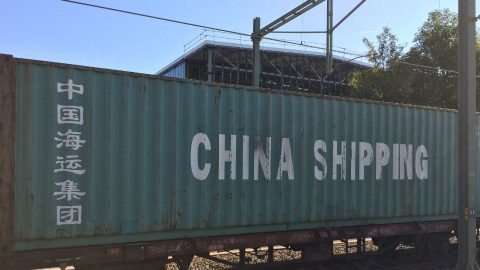
New rail freight route Hunan-Minsk launched
A new railway line has been opened between the Chinese province of Hunan and Minsk, the capital of Belarus. It is the second rail freight route connecting the Central Chinese province to a European city. For Huaihua city, the starting point, the Eurasian railway service is a first.
The first train left on Friday, 29 June carrying 41 containers of agricultural products, suitcases, clothes and auto parts, reported XinhuaNet. The 11,155-kilometer trip will take fifteen days, thirty days shorter than by sea. The train will run every 10 days until September. After that, it will become a weekly service.
Statistics
In April this year, the number of regular services between Europe and China amounted to 65, connecting 43 cities and 42 destinations in 14 countries. According to Roland Berger, a research firm, a total of 3,000 trains moved between China and Europe in 2017, amounting to 240,000 TEU’s.
New routes are continuously formed and new services launched, although not all services become regular. Launching regular routes is the actual challenge on the New Silk Road, as only then can rail freight between Europe and Asia become a reliable service.





